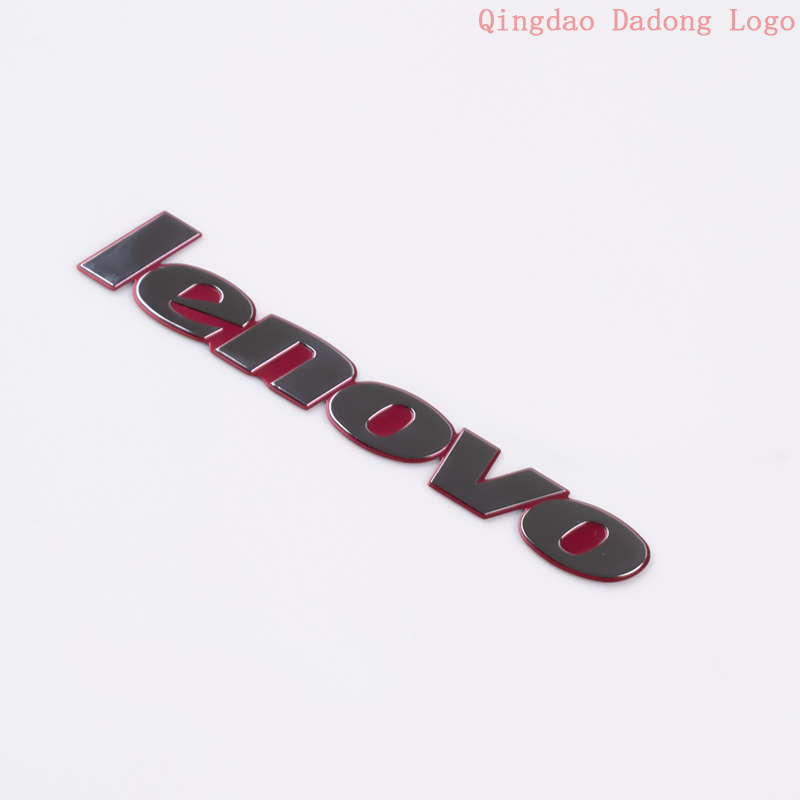NEWS
Surface care for metal signage production
Writer:admin Time:2023-07-14 13:57 Browse:℃
The production of stainless steel plate signage is mainly completed through the etching process. The etching principle of metal signs is:
This represents the thickness of the stainless steel plate. We first apply a layer of corrosion-resistant photosensitive ink evenly on its surface, place a film negative on top, and expose it with ultraviolet light. The ultraviolet light passing through the transparent part of the film negative will react with the photosensitive ink to form a weak alkaline resistant coating. The photosensitive ink below the black part of the film negative is not resistant to weak alkali. Take the film negative and soak the stainless steel plate in a weakly alkaline sodium carbonate solution. The coating on the parts that are not resistant to weak alkali will react chemically with the sodium carbonate solution and fall off. The metal in these areas will be exposed, and patterns will appear on the stainless steel plate. Stick a layer of anti-corrosion protective film on the reverse side of it, put it into the etching machine, and wash the exposed stainless steel plate surface with ferric chloride solution. The ferric ion in ferric chloride solution will rapidly oxidize and etch this part of stainless steel plate. We can clearly see that local stainless steel plates have been etched by using macro photography.
Below, we will introduce the specific operation method of this process step by step:
(1) Surface protection
1. Metal signage coated with corrosion-resistant photosensitive ink
First, choose a 200 mesh screen version. The screen version must be extremely clean and of moderate size. Fix it firmly on a professional manual screen printing platform rack, place the stainless steel plate in the center of the screen printing plate, and maintain a distance of about 6 centimeters between the edges of the stainless steel plate and the corresponding inner frame of the screen printing plate. It is not suitable to be too close or too far. After placing it in the appropriate position, use transparent tape to stick it around. When sticking, be sure to carefully stick and press with your hand, so that there are no bubbles left between the transparent tape and the screen, allowing them to come into full contact. When applying photosensitive ink, it will not be applied to the outside of the stainless steel plate. The part without adhesive tape in the middle is exactly the same size as the stainless steel plate, so that the position is accurate when applying corrosion-resistant photosensitive ink. After all are glued together, clean the surface again to keep the screen screen surface clean.
We choose a 1cm thick pad and place it behind the screen printing and screen printing platform shelf panels. The distance between them is the screen spacing. It is generally best to make the silk screen plate have high tension and small screen spacing, This way, the ink can bounce up in a timely manner after scraping.
Before using corrosion-resistant photosensitive ink, the viscosity should be adjusted. In winter, the ink can easily solidify. You can put it in the oven for a while first. The temperature of the oven is set to 88 degrees Celsius, and it is automatically controlled. After 5 minutes, it is taken out and stirred thoroughly without bubbles. Only then can it be used.

Prepare a rubber scraper with a sloping surface that is elastic, flat, without gaps, and has a clean surface.
Place an appropriate amount of photosensitive ink on the surface of the silk screen to form a strip, and then use a scraper to start scraping. When scraping, use appropriate force and speed. After scraping 1 to 2 times, lift the silk screen. If the thickness of the photosensitive ink printed on the stainless steel plate is very uniform, you can use your hand to hold it on the opposite side and take it out. Be careful not to dirty the side coated with photosensitive ink.
It should be noted that it is common to encounter situations where the effect is still not good after scraping twice, so it is necessary to give up. Otherwise, if the ink is too thick, it won't work.
In warm water at around 30 degrees Celsius, add an appropriate amount of weakly alkaline industrial sodium carbonate in a ratio of approximately 20:1. After stirring evenly, add a stainless steel plate that has not been evenly coated with photosensitive ink. The coating will quickly detach from the surface of the stainless steel. Then, thoroughly wipe off the photosensitive ink with a clean cloth, rinse with water, and dry with a hair dryer to reprint.
2. Drying
Place the stainless steel plate coated with photosensitive ink in an oven, set the temperature at 88 degrees, and bake for 15 to 20 minutes. After drying, adjust the hair dryer to the cold air position to cool the stainless steel plate or allow it to cool naturally.
CATEGORIES
LATEST NEWS
CONTACT US
WhatsApp: +8615806503075
Tel: +8615806503075
Email: percy@dadonglogo.com
Addr: 7 Tonghe Road, Pingdu, Qingdao
